“In perhaps one of the most extraordinary experiences of its kind in recent religious history, a 14-year-old boy from Mount Rainier (a suburb about 9 miles from Washington, DC) was freed by a Catholic priest after being possessed by the devil. ”, reported the North American newspaper Washington Post on August 20, 1949.
Citing “Catholic sources”, the newspaper stated that, to free the young man from demonic possession, he had to undergo “between 20 and 30 exorcisms”, during which he “began screaming, shouting obscenities and phrases in Latin – a language which he had never studied – every time the priest reached the culmination of the ritual.
LOOK: Foreign funds, donations, taxes and cryptocurrencies: what is known about how Hamas is financed
Some time later, not far from where it all happened, a young man named William Peter Blatty heard the story for the first time while studying at Georgetown University.
In 1971, when Blatty was already working as a writer and film screenwriter, with some successes such as “The Pink Panther”, he published his novel “The Exorcist”, on which the film of the same name would be based, which would redefine the horror genre, creating one of the most emblematic stories in modern cinema.
Surprisingly, despite the immense success of the novel and the film, whose release marks 50 years, and the impact they had on popular culture at the time, The true identity – and story – of the young man who inspired the work of fiction remained in the dark.
Scratches and chairs that move

Press reports from 1949 said the 14-year-old boy identified as Roland Doe (Doe is a generic surname used in the US to maintain people’s anonymity) He began hearing strange sounds coming from the walls of his room, just days after the death of a close relative..
“Aunt Tillie,” say documents from St. Louis Catholic University in Missouri, “was particularly close to the boy. Some reports claim that it was she who introduced him to the Ouija board, a game designed in the 19th century, when spiritualism became a religious phenomenon.”
Priests from St. Louis University performed the exorcisms.
According to the press at the time, the family believed that the boy’s attempts to contact his aunt through the Ouija board had been the trigger for the paranormal phenomena they were experiencing: they claimed that they saw chairs moving by themselves, that Roland’s bed it was shaking strangely and the floor had deep, unexplained marks, as if someone had been dragging heavy furniture.
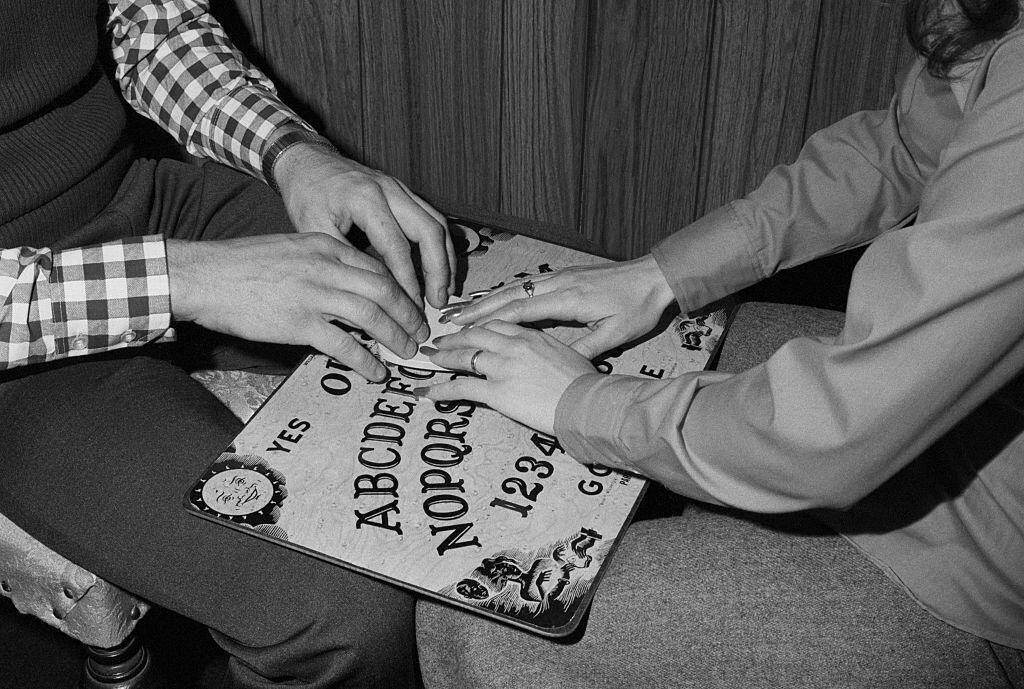
Seeing that neither doctors, psychologists or psychiatrists could offer satisfactory answers about what was happening, the young man’s mother sought out his Lutheran pastor Luther Miles Schulze, who He recommended that he visit the Catholic community in Washington given the experience that the Catholic Church has with cases of demonic possession.
The practice of exorcising demons in the Church is almost as old as religion itself: the testaments mention how Jesus himself ordered demons to leave the bodies of those possessed and, since 1614, the Church has had specific parameters to carry it out. ritual (which were revised and modified in 1999).
A letter Schulze sent to Duke University’s Department of Parapsychology presents him as one of the witnesses to the phenomena Roland’s family was reporting: “The chairs moved next to him and one of them threw him away. “His bed shook every time he was in it.”
“An excellent day for an exorcism”
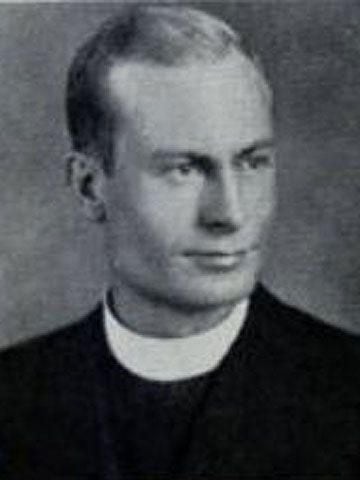
The search for the young man’s family took them to the city of St. Louis, Missouri, where they came into contact with the university’s Jesuit community.
Father Raymond Bishop became interested in the young man’s story and took it to the institution’s authorities., who authorized him to pay a visit to see firsthand what was happening. Bishop began keeping a diary of his visits, which was later kept by the university.
According to the priest in his writings, Roland’s bed shook when he first saw it, but it stopped when he blessed it and made the sign of the cross with holy water.
This led him to seek help from the university’s church priest, an experienced priest named William H. Bowdern.
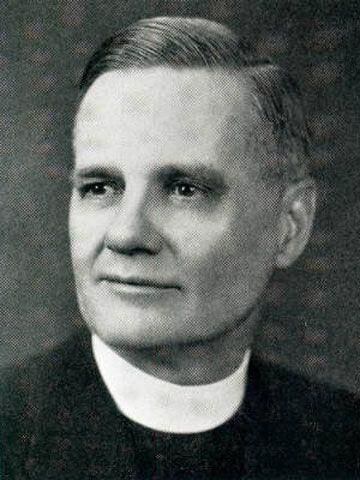
“Bowdern, 52, a World War II veteran with extensive teaching and pastoral experience, visited Ronald two days later. During the visit, Roland suffered two long scratches in the shape of a cross, while objects such as holy water flew across the rooms.” reads a compilation of facts by St. Louis University.
According to the university, Bishop and Bowdern made a request to the Archbishop of St. Louis to perform an exorcism and the ecclesiastical authority approved the ritual.
“The power of Christ compels you”
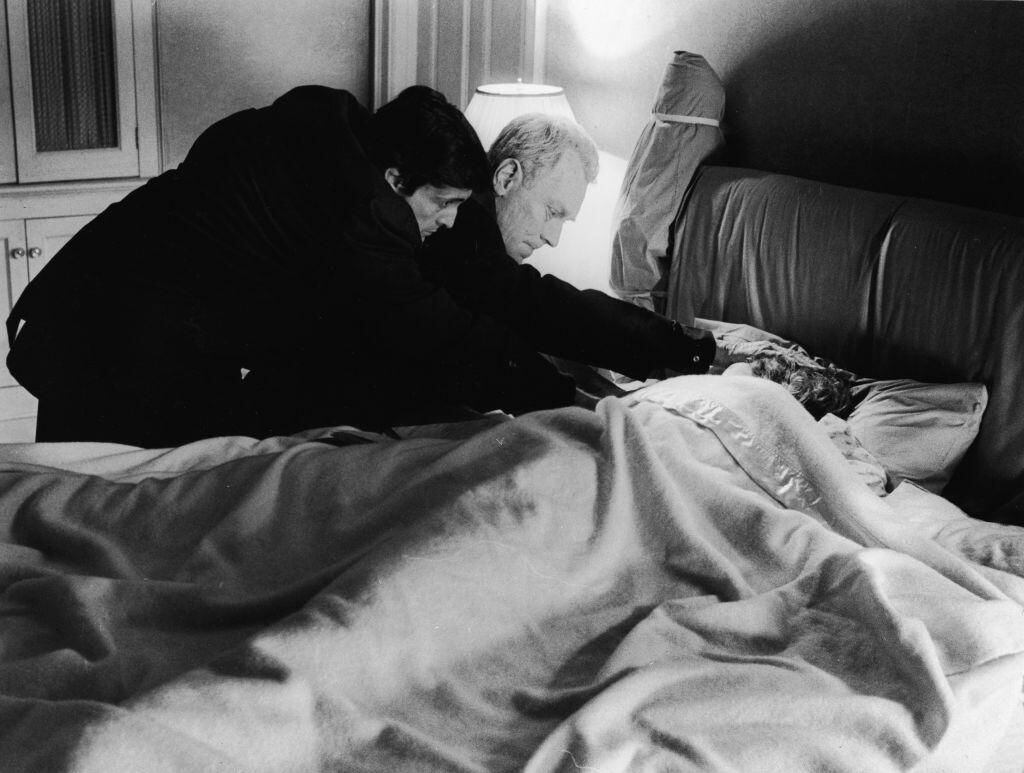
The bishop’s diaries tell details of the almost two months of rituals that the priests performed between March and April 1949.
“The exorcism prayers continued and R (Roland) went into violent convulsions, struggling with his pillow and bedding. R’s arms, legs and head had to be controlled by three men. The contortions revealed physical strength beyond natural power.”
“R spat in the face of whoever was holding him and prayed. He spat on religious images and in the hands of priests. He shivered when they sprinkled him with holy water. He struggled and screamed in a shrill, devilish voice.”
St. Louis University says the rituals were performed in different locations, “seeking to alleviate the boy’s torment.” Bishop reports strange events in the different places where they were: at a retreat center, Roland tried to jump from a ravine after being blessed by sprinkling holy water at the entrance.
Bishop also says that on Easter Day, after being taken to the university hospital, Ronald woke up upset, while Bowdern continued with the exorcism ritual. In his diary, he reports a conversation between Bowdern and Roland that attracts attention.
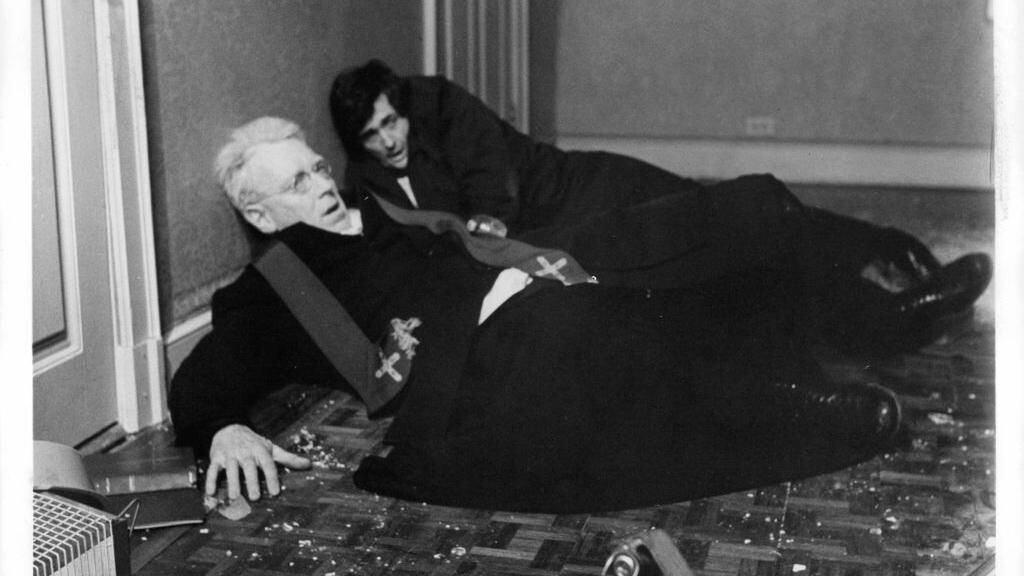
Bowdern, at a certain point in the rite, demanded that the demon identify himself and leave the boy’s body, to which Roland, with a distorted voice, would have responded: “He (Roland) only has to say one more word, one more word. ”Small word, I mean a BIG word. He will never tell you this. I’m always at it. I may not always have a lot of power, but I am always in it. “He will never say that word.”
Bishop says that after that, a few minutes before midnight, they heard a different voice coming from Roland, saying: “Satan! Satan! I am Saint Michael and I order you, Satan, and the other evil spirits, to leave the body in the name of Dominus, immediately. Already! Already! ALREADY!”.
When Roland woke up, he told the priests that the archangel Saint Michael had fought a great battle to save him and had won: “He is gone.”.
Who was Roland Doe?
St. Louis church authorities closed the case without making public statements about the matter, seeking to protect Roland’s identity. However, in August 1949, the family’s Lutheran pastor spoke to the newspaper Washington Postwho then published the story that would eventually reach the ears of William Peter Blatty.
But despite how impressive the case was when it was published and the enormous success of the book and the film inspired by it, Roland managed to remain anonymous.
Over the years, Different authors who investigated what happened identified Ronald as a man born in 1935 in the state of Maryland, who worked as an aerospace engineer for NASA.
In 2021, several media outlets in the US claimed that the man had died in 2020, shortly before his 86th birthday.

Although there has been much speculation about the events that took place in those two months in 1949, the voices of two of its protagonists may shed some light.
In his 1974 book “The Devil, Demonology, and Witchcraft,” historian Henry A. Kelly obtained direct testimony from Father Bowdern, who told him that the order to perform the exorcism came to him directly from Church authorities, and that he had done so. your job.
“But what were these signs of possession that led the ecclesiastical authorities of São Luís to resort to exorcism? Father Bowdern’s response was simple and direct: there were no signs of demonic possession reported or observed before the exorcisms began.,” Kelly explained in her book.
For Kelly, previous investigations into the case were deficient and phenomena such as moving things could have different explanations. Worse still, the lack of medical supervision during the rituals casts doubt on the veracity of the testimony contained in Bishop’s diaries.
Source: Elcomercio
I am Jack Morton and I work in 24 News Recorder. I mostly cover world news and I have also authored 24 news recorder. I find this work highly interesting and it allows me to keep up with current events happening around the world.

:quality(75)/cloudfront-us-east-1.images.arcpublishing.com/elcomercio/5YVECV5E2BAGRBI3OJFW75CRXM.jpg)





